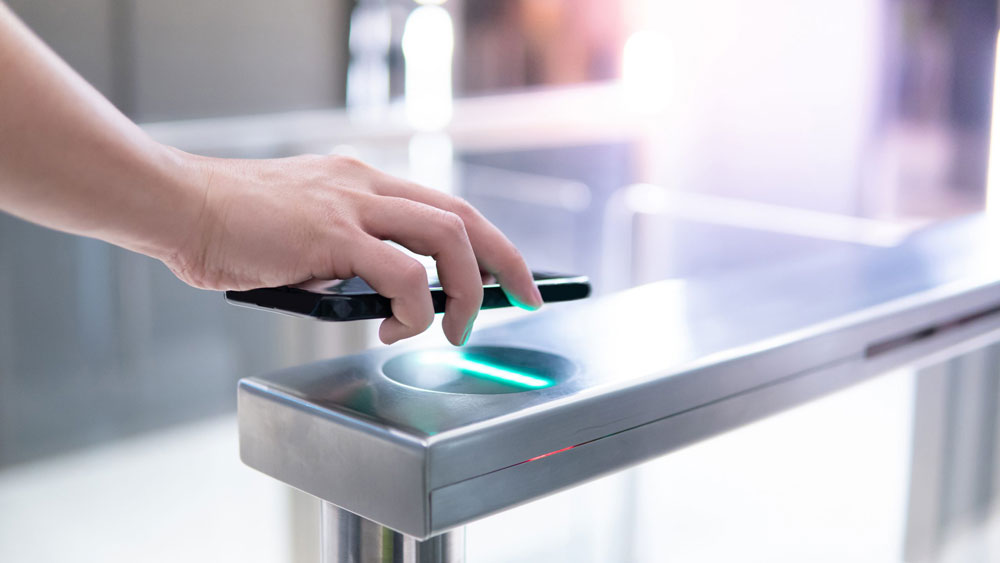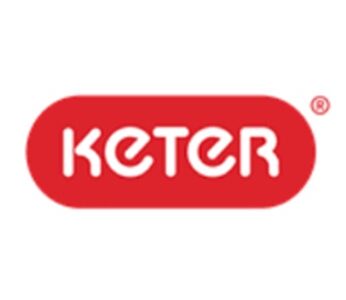
Introduction
In nearly all of the developed countries, the application of an automated fare collection system has become the new norm in the public transport sector. Gone are the days when fares were paid directly to an employee in charge of collecting it- this automated system allows passengers to obtain their tickets via vending machines for fares or purchase them online.
AFC allows for fare payment either via passengers’ existing credit/debit cards or a token issued specifically for public transport i.e. MetroCard for subways in New York and NOL Card for RTA in Dubai. Incorporating automated fare collection in the public transport industry has transformed the way fares are collected in a number of ways, some of which are discussed below.
Increased efficiency
Manual fare collection is a time-consuming process for the passengers, especially during rush hours. There seems to be a never-ending queue lining up to purchase transport tickets. It is inconvenient for people who depend greatly on public transport like trains and buses to commute to and fro their destinations i.e. workplace, college, etc. Automation of fare collection is, therefore, a convenient option for this. There are more than one vending machines/faregates where passengers can get their tickets and be on their way without wasting any of their precious time.
Reduction in operational costs
Maintenance of paper-based ticket machines is costly; especially when they malfunction and repairment costs are considered. This amount could be saved and spent elsewhere, where it proves to be more productive. The automated fare collection system makes use of tap-and-go technology which does not incur high operational costs e.g. faregates where passengers tap their cards (either credit/debit or transport issued) on the reader and then board the transport.
Fare fraud prevention
Fare evasion is a common occurrence in public transport where there is a manual fare collection system in place or paper-based tokens via ticket machines. This causes transport operators to incur a loss in revenue. The AFC system is a far safer option for them due to the fact that it is an automated process; fares are collected and recorded in the database in real-time and their details are available to the operators within a few minutes. This way, the chances of fare evasion is reduced to a great extent.
Conclusion
With the automated fare collection system comes the innovation of integrated ticketing whereby passengers can use a single ticket for different modes of public transportation. Combined with AFC, it makes the lives of both passengers and the transport operators easier. It is convenient for people because they can switch between trains or from trains to buses using one ticket which saves them time. For the operators, this makes it easier for them to keep track of all the fares that have been paid in, for example, 24 hours.











